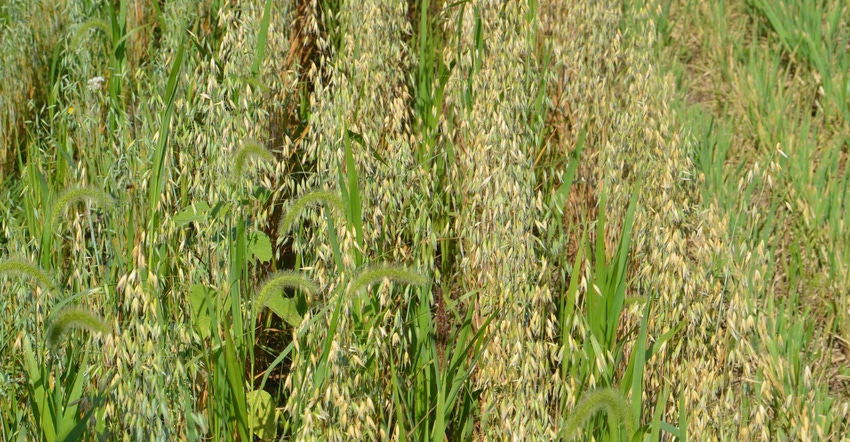
The uppermost goal in Jamie Shonkwiler’s mind is persuading farmers who haven’t tried cover crops to try them this year. To accomplish her goal, she keeps her approach simple.
Shonkwiler is a soil conservationist with the Natural Resources Conservation Service based in Boone County, Ind. She works with farmers in an 11-county area.
“I firmly believe cover crops have a place on every farm,” she says. “I’ve seen the good they can do in saving soil, cutting down on nutrient loss and even in controlling weeds. The important thing is for farmers to see the potential benefits, so they’ll try them.”
Shonkwiler’s approach to helping farmers try cover crops has three steps:
1. Ask yourself a simple question. When Shonkwiler talks to a farmer who could benefit from cover crops, she asks him or her to begin with a simple question. “What is the primary thing cover crops can do for you on your farm?” she asks. “Is it preventing soil loss? Or is it preventing loss of nutrients?”
If you want to cut down on soil erosion, it may depend upon what tillage system you’re in, she notes. Are you in conventional tillage, or have you converted to no-till?
One option if you’re aiming to prevent soil loss is annual ryegrass, which roots deep, she says. If you don’t want to worry about terminating a crop your first year, you might consider oats or radishes. Oats winterkill and radishes also winterkill in most parts of Indiana. The only problem with both cover crops dying off during the winter is there’s less protection from erosion in the spring.
Another option is cereal rye, Shonkwiler notes. “It can be planted later in the fall, and it’s easier to kill in the spring for most people compared to annual ryegrass.” Once some get experience with cover crops, they sometimes plant green into cereal rye and spray after planting.
If your main goal is minimizing nutrient loss, you may want to include species that are good at latching on to leftover nitrogen. This could include ryegrass again.
2. Determine whether you’re planting ahead of corn or soybeans. There are more options if you’re seeding a cover crop ahead of soybeans vs. corn, Shonkwiler says. Cereal rye ahead of soybeans is noted for providing a boost on weed control, especially with marestail.
You can still plant cereal rye ahead of corn, but you need to account for how much nitrogen the cereal rye might tie up early in the season, she says. That typically means making sure you have enough nitrogen applied as starter fertilizer if you plant corn into a rye cover crop, living or dead.
3. Use cover crop selector tools. One of the best things you can do starting out is use the Midwest Cover Crops Council decision tool, Shonkwiler says. “You can put in specific information about your farm and what you’re trying to accomplish with cover crops. The program will give you possible choices and information you need to make cover crops work.”
About the Author(s)
You May Also Like




